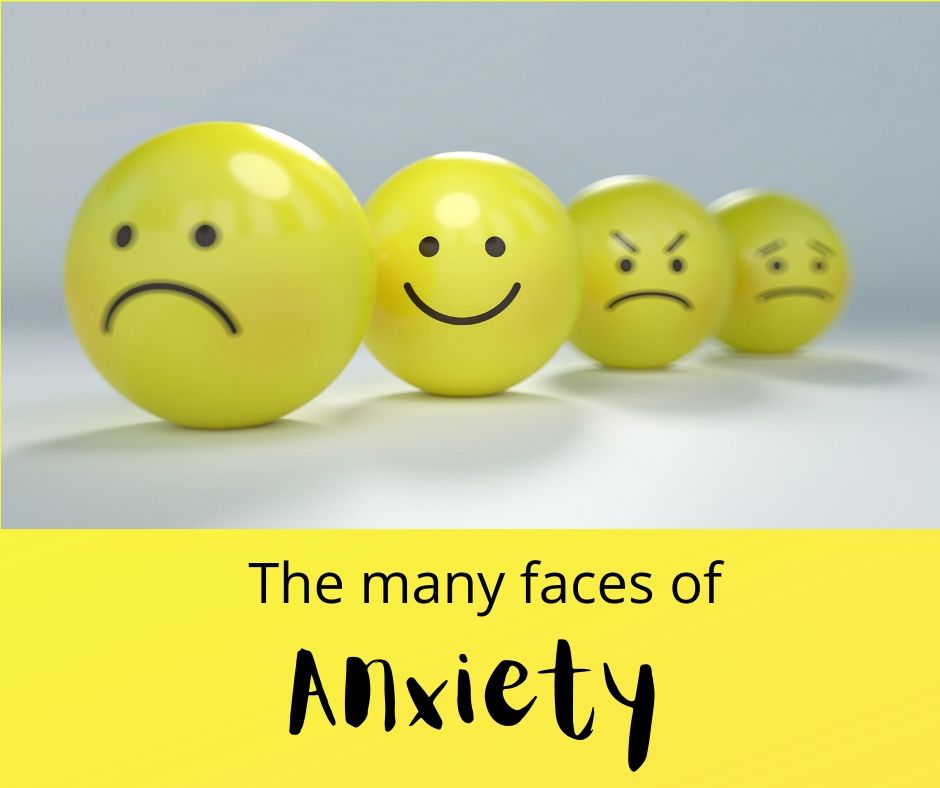10 more calming strategies to reduce anxiety
July 16, 2020By Missy Ressler

Here is our sixth and final post in Schreiber’s series on The Many Faces of Anxiety. Today focuses on a few additional calming strategies. Please share some of your family’s calming strategies in the comments below. We are all in this together, and your strategies will help someone else.
Here’s the list of all the posts:
Post 1:What is Worry
Post 2:How the Autonomic Nervous System works
Post 3:How worry affects our bodies
Post 4: A little spot of anxiety
Post 5: How worry affects our thinking
Post 6: 10 more calming strategies
Here are 10 more strategies to use to help calm the mind so you can think clearly and the use the strategies discussed in previous posts.
- Identify the size of the problem and expected reaction. Most problems are little and we need to have a little reaction. A lot of times we have a big reactions to small problems. First, identify if the problem is little or big and what an expected reaction would be. Little problems are things we can solve ourselves or quickly with an adult’s help. It is expected we stay calm. A big problem affects many people, and it takes a lot of people or a long time to solve it. It would be expected to be upset, but we still need to stay calm so our brain can solve the problem.
- Progressive muscle relaxation/squish and relax. Start with your toes and work your way up to your head by squeezing one body part at a time for 3 seconds then relaxing it.
- Adult coloring books, mandalas or any coloring activity.
- Relaxing music.
- Yoga. Check out cosmickids.com The site also has a lot of mindfulness activities.
- Play with your pet.
- Guided relaxation. Think about your favorite place, and use podcasts and guided relaxation scripts for kids that you can find online.
- Use ‘I statements’ to express how you feel and what you want. “I feel sad when I can’t see my friends. I would like to Zoom with them.”
- Calming bottle. Fill an empty water bottle ½ to ¾ full with water. Add beads, glitter glue, glitter, food coloring, shells, little bit of oil, or anything that would fit into the bottle and survive in water. Use plastic craft glue or duct tape to secure the lid so water does not leak out. Shake the bottle and take deep breaths while watching all the items float around. Our mind and body should calm just like the items in the bottle.
- The Dear Anxiety podcast. I highly recommend this. You can find it here. It is great for parents and kids.
Please share your child’s coping skills in the comments below.
Missy Ressler is behavioral health program supervisor at the Schreiber Center for Pediatric Development.